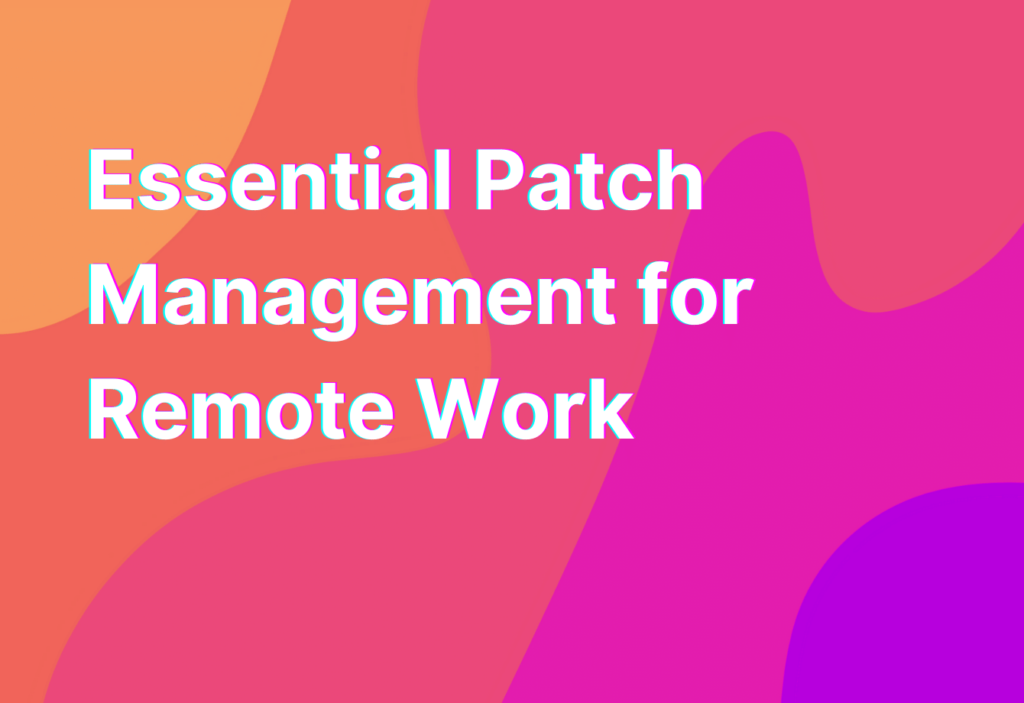Essential Patch Management for Remote Work
Hey there, remote workers! Ashley here, your go-to gal for all things remote work. Today, I want to talk about an important aspect of remote work that often gets overlooked: patch management. Now, I know what you’re thinking, “Patch management? That sounds boring!” But trust me, it’s anything but. Patch management is crucial for keeping your devices and data secure, especially when working remotely. So, let’s dive in and learn all about it!
What is Patch Management?
Before we get into the nitty-gritty details, let’s start with the basics. Patch management is the process of keeping your software and operating systems up to date with the latest patches and updates. These patches are released by software vendors to fix bugs, address security vulnerabilities, and improve overall performance. By regularly applying these patches, you can ensure that your devices are protected from cyber threats and that your remote work environment remains secure.
The Importance of Patch Management for Remote Work
Now that we know what patch management is, let’s talk about why it’s so important for remote work. When you’re working remotely, you’re often using your own devices and connecting to various networks, which can increase the risk of cyber attacks. Without proper patch management, your devices may be vulnerable to known security vulnerabilities, making them an easy target for hackers.
By regularly updating your software and operating systems, you can stay one step ahead of cybercriminals. Patch management ensures that any known vulnerabilities are patched, reducing the risk of unauthorized access to your data and systems. It’s like putting a lock on your front door to keep the bad guys out!
Best Practices for Patch Management
Now that we understand the importance of patch management, let’s discuss some best practices to help you stay on top of it:
- Automate the process: Manually updating each device can be time-consuming and prone to human error. Instead, use automated patch management tools to streamline the process and ensure that all your devices are up to date.
- Stay informed: Keep an eye on software vendors’ websites, security blogs, and industry news to stay informed about the latest patches and updates. This will help you prioritize which patches to apply first.
- Test before deploying: Before applying patches to your production environment, it’s essential to test them in a controlled environment. This will help you identify any compatibility issues or conflicts that may arise.
- Have a rollback plan: Sometimes, patches can cause unexpected issues or conflicts. It’s crucial to have a rollback plan in place to revert to a previous state if needed.
- Train your team: Educate your remote team about the importance of patch management and provide them with guidelines on how to keep their devices up to date. Remember, cybersecurity is a team effort!
Wrapping Up
And there you have it, folks! Patch management may not be the most exciting topic, but it’s a vital part of keeping your remote work environment secure. By regularly applying patches and updates, you can protect your devices and data from cyber threats. So, don’t forget to prioritize patch management in your remote work routine!
For more tips and tricks on remote work cybersecurity, check out our Privacy policy. Stay safe out there, remote teamers!


